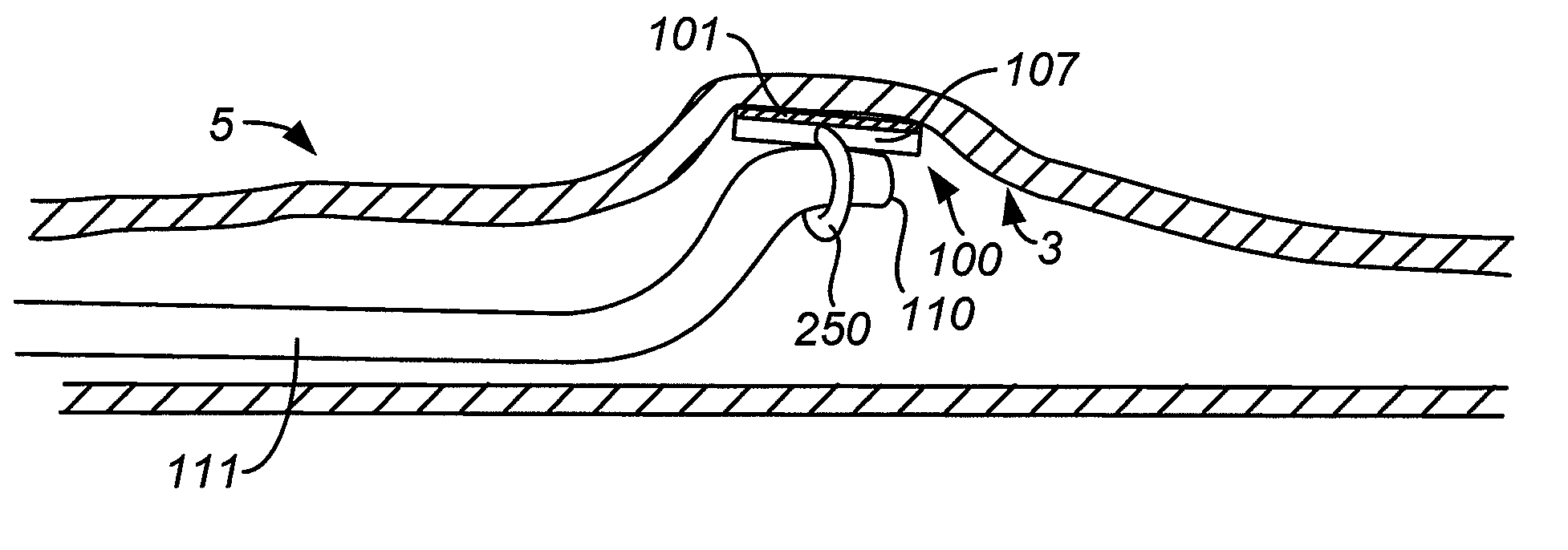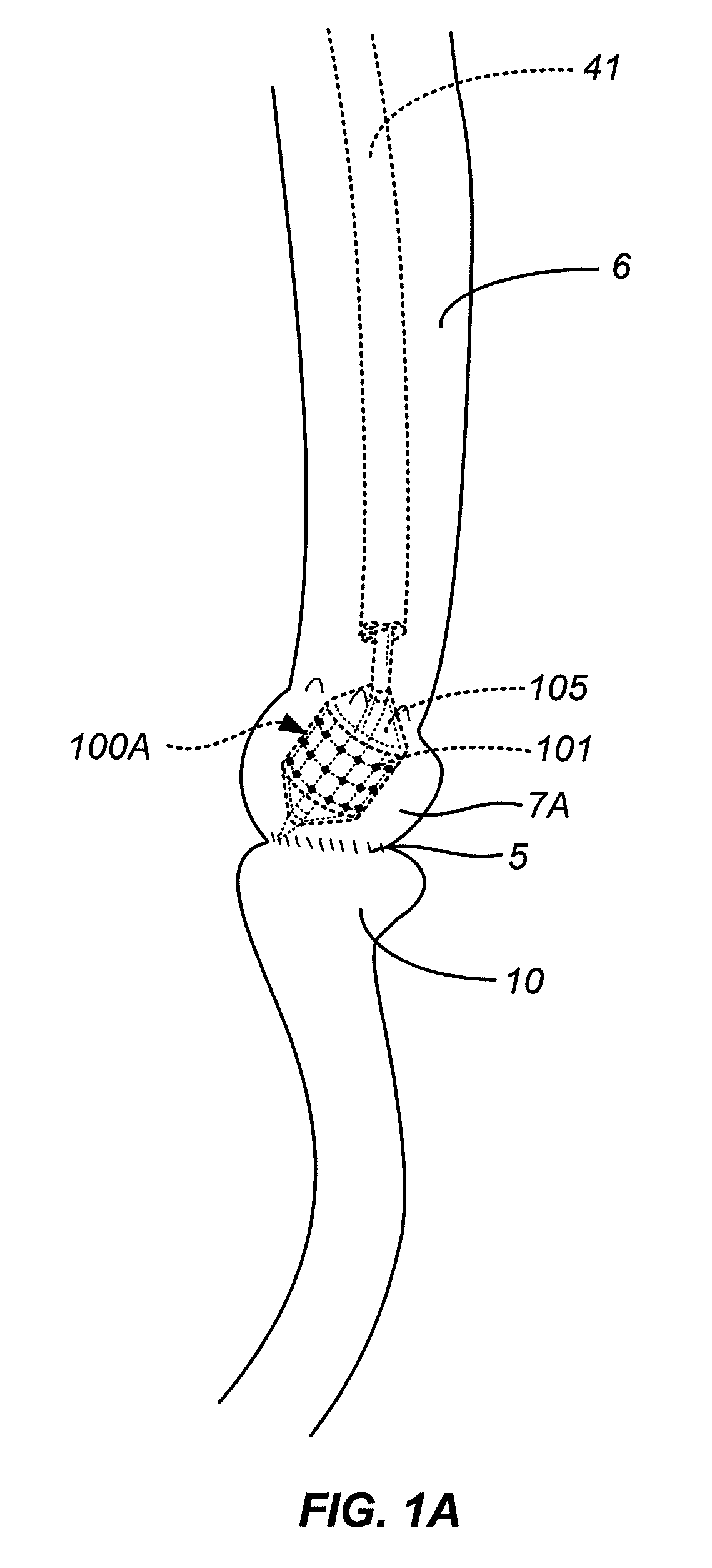Method and apparatus for gastrointestinal tract ablation to achieve loss of persistent and/or recurrent excess body weight following a weight-loss operation
a technology of gastrointestinal tract and ablation, which is applied in the field of endoscopic therapy devices and methods to achieve the effect of reducing the size and/or compliance of the structur
- Summary
- Abstract
- Description
- Claims
- Application Information
AI Technical Summary
Benefits of technology
Problems solved by technology
Method used
Image
Examples
Embodiment Construction
Ablation Treatment of Structures within the Gastrointestinal Tract that have been Altered by a Bariatric Surgical Procedure
[0100]U.S. patent application Ser. No. 12 / 114628 of Kelly et al., filed May 2, 2008, provides methods and systems for the use of ablation at various sites in the gastrointestinal tract as a primary therapy for diabetes and morbid obesity. The present application provides methods and systems for ablation as a secondary, a rescue, or a salvaging therapy in the wake of a failed surgical approach to obesity such as may occur in Roux-en-Y gastric bypass, biliopancreatic diversion, and sleeve gastrectomy procedures. Each of these procedures reconstructs gastrointestinal tract structure to create new features, by variously creating, for example, a gastric pouch, a stoma, such as a gastrojejunal stoma, or a gastric sleeve that restrict and / or divert the digestive flow. These new or altered or reconstructed features of bariatric surgery may also be generally referred to ...
PUM
 Login to View More
Login to View More Abstract
Description
Claims
Application Information
 Login to View More
Login to View More - R&D
- Intellectual Property
- Life Sciences
- Materials
- Tech Scout
- Unparalleled Data Quality
- Higher Quality Content
- 60% Fewer Hallucinations
Browse by: Latest US Patents, China's latest patents, Technical Efficacy Thesaurus, Application Domain, Technology Topic, Popular Technical Reports.
© 2025 PatSnap. All rights reserved.Legal|Privacy policy|Modern Slavery Act Transparency Statement|Sitemap|About US| Contact US: help@patsnap.com



